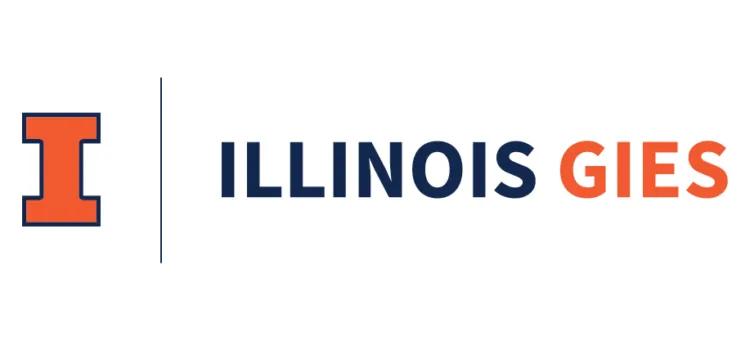
With so much uncertainty surrounding the coronavirus pandemic, the only thing that is certain is everything will continually look a whole lot different. This includes higher education in the United States, which, at its most basic form, has remained relatively unchanged for centuries.
When colleges shut down and students packed up and went home in mid-March, it was the beginning of the end for college as we once knew it. All it took was one Spring semester of virtual learning for both students and parents to not only question the true value of today’s college degree but also embrace and seriously consider online college as a viable, cheaper alternative to the status quo.
DATA SHOWS SHIFTING PERCEPTIONS AND ATTITUDES TOWARDS COLLEGE, HIGHER EDUCATION
Take a recent report from personal finance company LendEDU, for example, which explored the impact of the coronavirus on higher education by surveying both current and incoming college students. LendEDU found 41% of undecided high school seniors from the class of 2020 are considering online college for the Fall instead of a traditional college.
Additionally, the survey from LendEDU asked current college students if they are considering dropping out of their institution and enrolling in online college and 28% indicated it is something they are pondering.
As a result of the coronavirus pandemic, the data indicates online college will emerge as a significant disruptor to the higher education system that has been untouchable for so many years. Colleges and universities throughout the country will need to evolve if they are to continue to exist and thrive in life after the coronavirus.
Here’s how they do it…
Offer Two Routes With No In Between
First things first, higher education institutions will need to begin offering two options for prospective college students to choose from. And, there can be no intermixing of these two options during a single year.
As the report from LendEDU indicated, online college is likely to grow in the coming years because it has now become an acceptable and familiar option for students that once would have never considered it.
Because of this, colleges and universities will need to start offering a permanent virtual learning option for students. Additionally, institutions should continue to offer the traditional, on-campus route so that each student and their parents have both options to choose from.
The key to this though is that there can be no combining of the two routes during one year; once a student selects either the online or in-person route when they are completing their application, they must stick with their selection through at least that year.
If they select virtual learning but do not enjoy the experience, they can wait to enroll in the same college’s on-campus program for the next year or transfer to another institution. The same applies to the reverse situation.
Right now, it seems as though there is not a single, coherent reopening plan for any one college. Some are sticking with online learning for the next academic year, while most others have released some sort of hybrid plan that has classes of students switching off semesters when it comes to whose on campus and whose remote.
The most viable and least complicated solution going forward is maintaining two permanent, but distinct options with no middle ground. Students will have to make the choice between the two, and universities will need to figure out a cap for the number of students on-campus.
For example, the on-campus option could have a more stringent selection process and anyone denied could still be accepted into the virtual route. Going with this one or the other method gives colleges the chance to capitalize on the opportunity created by the sudden viability of online learning.
Partner With Tech Firms
Going off the approach discussed above, colleges and universities will also need to partner with big tech companies to enhance their online learning platform so that students are satisfied with the experience they are paying for.
By joining with a tech firm like Google, Microsoft, Amazon, Apple, or Facebook, higher education institutions can utilize the former’s premier online platforms and technical intuition to offer a robust and modern virtual learning environment. Of course, this would require action and desire by any of the tech companies listed above, but wouldn’t they want to do it?
Colleges and universities, with their deep pockets, just need to offer an enticing deal to a company like Amazon so that the project becomes a profitable one. Another selling point is that these companies have the chance to seriously change the world by working on how our young adults are educated.
With the technological companies of a company like Google, colleges can provide a top-of-the-line virtual learning program that will attract students.
Cut the Cost For Both Options
The final step of this process would involve higher education institutions slashing their tuition prices that have already been too high for decades.
The cost of college in the U.S. has climbed to record highs and it’s leaving too many college students with too much student loan debt. Data from LendEDU shows private student loan interest rates hovering between 10 and 11%, which has student loan borrowers repaying their debt into their thirties and forties.
A college price tag slash is not only the right thing to do but its a way for traditional universities to remain competitive in the post-pandemic world.
The coronavirus pandemic has led many college students and their parents to seriously weigh cheaper alternatives like online college or community college. If traditional higher education institutions keep on at their current tuition levels, we will see countless students take their education (and dollars) elsewhere.
By cutting the cost for both the on-campus and virtual learning options, colleges and universities can maintain enrollment and stay operational. Due to the limited nature of online learning, that option will also have to be significantly cheaper than in-person tuition.

Mike Brown of LendEDU. Courtesy photo
The solution for colleges is not perfect, but an adaptation is necessary on their part if they wish to survive in life after the coronavirus.
Author Bio: In his role as Director of Communications at LendEDU, Mike uses data, usually from surveys and publicly-available resources, to identify emerging personal finance trends and tell unique stories. Mike’s work, featured in major outlets like The Wall Street Journal and The Washington Post, provides consumers with a personal finance measuring stick and can help them make informed finance decisions.










